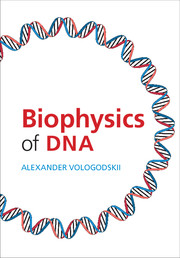Introduction
Migratory birds travel spectacular distances each year, navigating and orienting by a variety of means, most of which are poorly understood. Among these is a remarkable ability to perceive the intensity and direction of the Earth's magnetic field (Mouritsen and Ritz, 2005; Wiltschko and Wiltschko, 2006; Johnsen and Lohmann, 2008). Biologically credible mechanisms for the detection of such a weak field (25–65 μT) are scarce, and in recent years just two proposals have emerged as front-runners. One, essentially classical, centers on clusters of magnetic iron-containing particles in the upper beak, which appear to act as a magnetometer for determining geographical position (Kirschvink and Gould, 1981; Kirschvink et al., 2001; Fleissner et al., 2007; Solov'yov and Greiner, 2007; Walker, 2008; Solov'yov and Greiner, 2009a, b; Falkenberg et al., 2010). The other relies on the quantum spin dynamics of transient photoinduced radical pairs (Schulten et al., 1978; Schulten, 1982; Schulten and Windemuth, 1986; Ritz et al., 2000b; Cintolesi et al., 2003; Möller et al., 2004; Mouritsen et al., 2004; Heyers et al., 2007; Liedvogel et al., 2007b, a; Solov'yov et al., 2007; Feenders et al., 2008; Maeda et al., 2008; Solov'yov and Schulten, 2009; Ritz et al., 2009; Rodgers and Hore, 2009; Zapka et al., 2009). Originally suggested by Schulten in 1978 (Schulten et al., 1978) as the basis of the avian magnetic compass sensor, this mechanism gained support from the subsequent observation that the compass is light dependent (Wiltschko et al., 1993) (for a review see e.g. (Wiltschko et al., 2010)).
